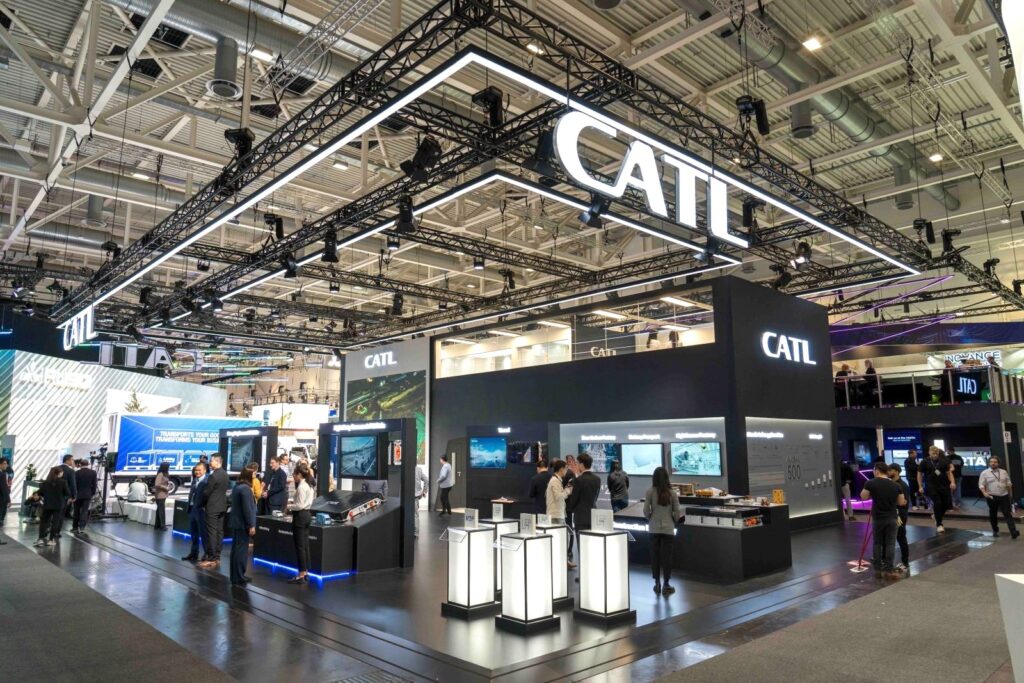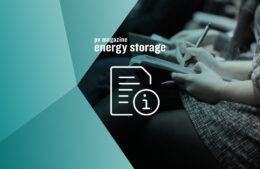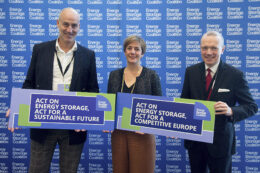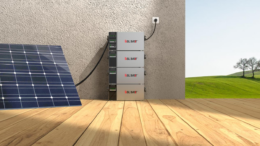German study flags benefits of energy storage for balcony solar
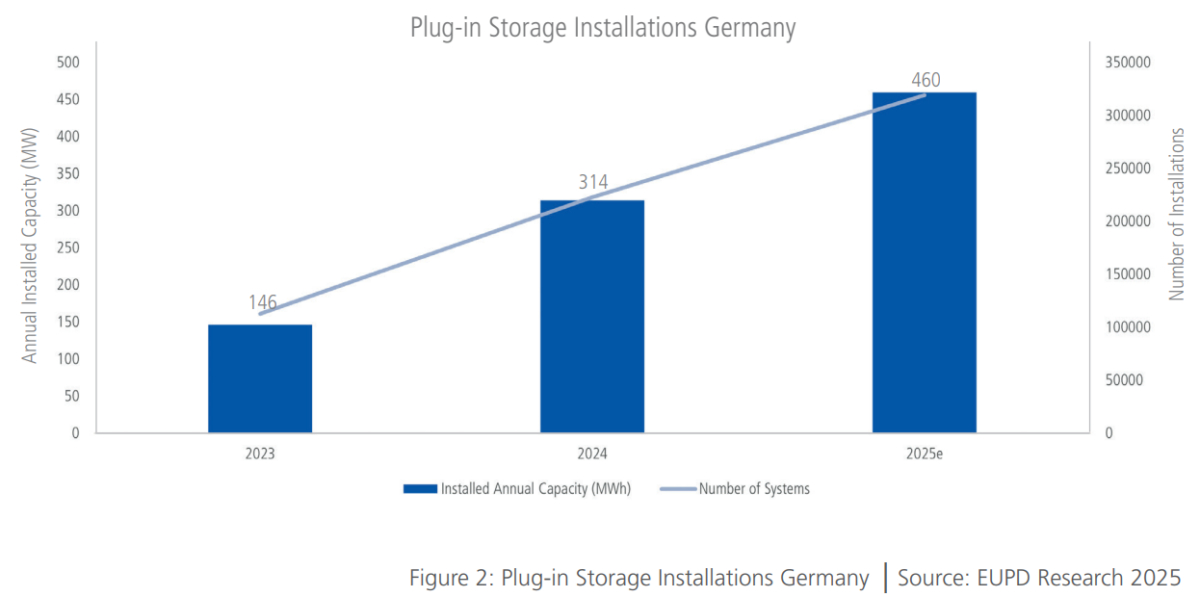
The addition of energy storage to the balcony solar products so popular in Germany can shorten their payback periods, according to a study by Germany’s EUPD Research and US-based plug-in solar and storage manufacturer Anker Solix.
The 220,000 or so batteries installed alongside plug-in solar arrays in Germany last year marked a 97% rise on 2023 and more than 300,000 such batteries are anticipated this year. Around 90% of the batteries installed in 2024 were added directly with the solar panels.
The EUPD and Anker Solix researchers considered market data, policy, and real consumption and installation patterns when modeling three household balcony solar profiles.
Household electricity consumption profiles of 1 MWh per year, 3 MWh per year, and 4.5 MWh per year were modeled. The study stated, “The scenario for a medium-sized household is particularly convincing: A system with 2,000 Wp PV output, and 2 kWh of battery [energy] storage reduces electricity costs by 64% and thus pays for itself in around four years.”
A 45% reduction in the consumption of grid electricity was modeled for systems featuring 1 kW modules twinned with 1 kWh of energy storage capacity.
Anker Solix validated the findings by analyzing anonymous customer data from thousands of systems installed between August and last month. The result was an average 50%-plus increase in electricity self-consumption. Four-module solar arrays with 3.2 kWh of energy storage saved households €373 ($411) annually, for a 5.4-year payback period. The manufacturer said it saw individual cases which offered annual savings of more than €900.
A survey held by EUPD and Anker Solix, however, indicated the expense of home batteries was still a hurdle for homeowners, with 68% of respondents confirming the fact and 73% stating such storage systems were economically unattractive.
Other hurdles include regulatory uncertainty about the registration and technical design of storage systems to be added to plug-in solar equipment and a lack of standard funding programs at municipal or state level in Germany.
“This discrepancy between technological potential and perceived economic viability highlights the need for better support instruments, more transparency about real savings, and easily accessible solutions – especially for renter households who are often excluded from traditional solar subsidies,” stated the study.
Plug-in solar devices in Germany must have no more than 800 W of power fed into their inverters, by law. With the European Union expected to confirm that limit can be relaxed up to 2 kW, Anker Solix has estimated plug-in solar arrays with up to 5 kW of power could cover 100% of the daily needs of houses with annual electricity consumption of 4.5 MWh, provided they optimally operate their plug-in solar and storage equipment.
The EUPD study indicated 3 MWh-per-year and 4.5 MWh-per-year households could reach 91% electricity self-consumption with the help of large enough energy storage systems.
From pv magazine Deutschland.










